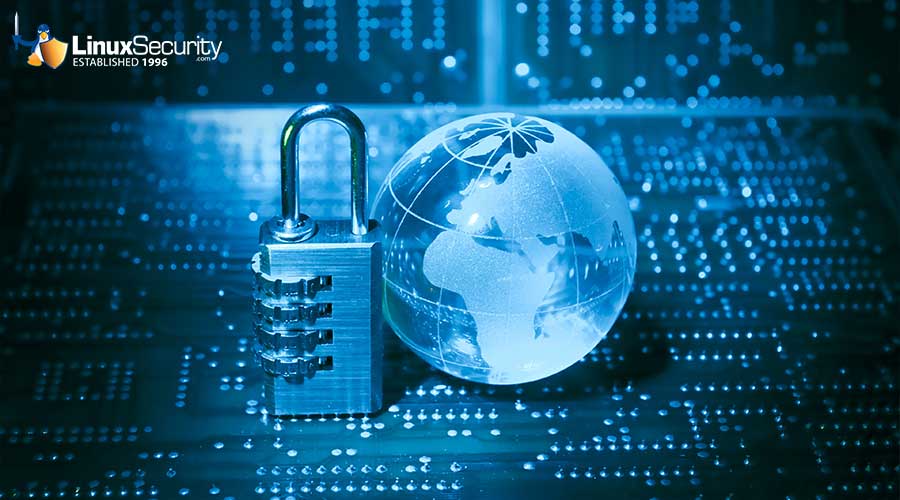Week 45: Firewall Security Tips
A DMZ (Demilitarized Zone) is a combination of firewalls -- a perimeter network segment logically between internal and external networks. Also called a "screened subnet," its purpose is to enforce the internal network's IA policy for external information exchange and to provide external, untrusted sources with restricted access to releasable information while shielding internal networks from outside attacks. In some circles the DMZ is considered a part of the firewall, while other circles consider the DMZ the land of the sacrificial hosts. One way to think of a DMZ is as a group of hosts that are guided by a unique security policy. This policy balances some of the strictest controls against public access and availability requirements.
The link for this article located at TechTarget.com is no longer available.






![Multiple Chromium DoS, Info Disclosure Vulns Fixed [Updated] 23.Tablet Connections Esm W300](/images/articles/900x500/23.Tablet_Connections.jpg#joomlaImage://local-images/articles/900x500/23.Tablet_Connections-esm-w300.jpg?width=900&height=500)
















